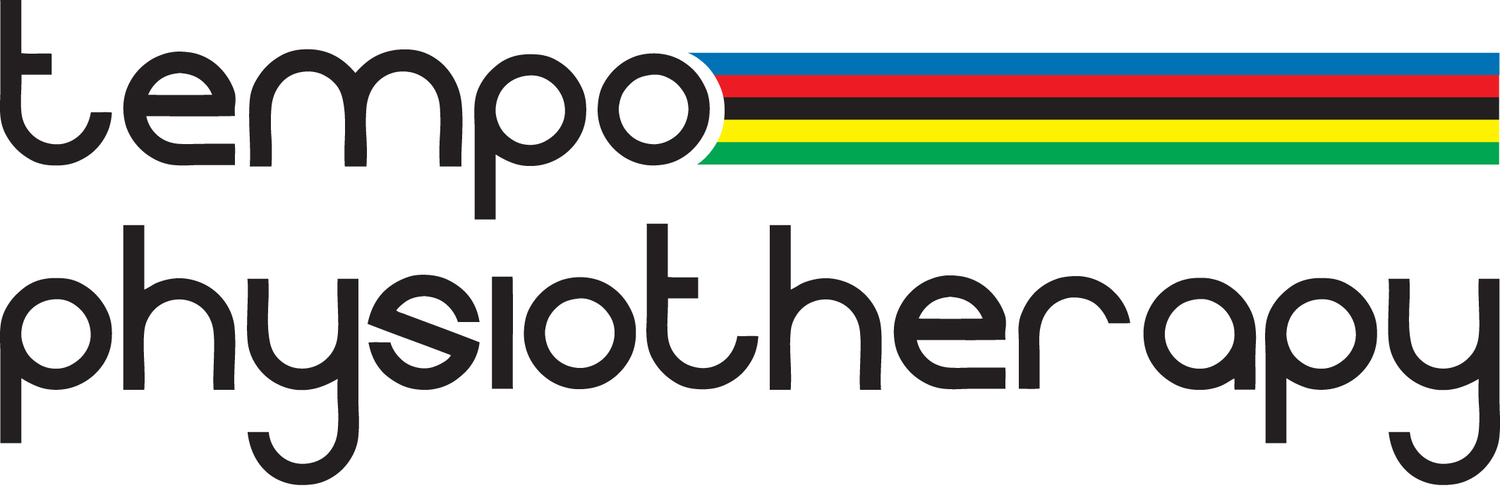Cleat Fit
The connection between the foot and pedal is one of the most important, and most commonly overlooked aspects of the bike fit. Factors such as the anatomical shape of the forefoot or improperly positioned cleats can often lead to a lack of power or discomfort and injury. As cyclists often buy new shoes or change their pedal and cleat system, Tempo Physiotherapy offer a separate foot-pedal interface assessment.
The natural position of the forefoot will either tilt downwards so that the big toe sits higher than the small toe (forefoot varus), tilt upwards so that the big toe sits lower than the small toe (forefoot valgus), or sit level. The majority of the population have a forefoot varus position. As the pedal and cleat connection is level the foot will want to tilt towards its natural angle, causing uneven pressure and a loss of power or even discomfort and injury. In recent years cleat wedges have been designed that are placed underneath the cleat and angle it to the shape of the foot to allow a better connection and a more even spread of force. The Tempo Physiotherapy foot-pedal assessment will include measurement of forefoot anatomical shape and supply of any necessary cleat wedges or in-the-shoe orthotics.
The assessment will also include the correct positioning of the cleats on the shoes. Corrections to the cleat often include fore-aft (backwards/forwards), medial-lateral (side to side) and rotational correction. Incorrect placement of any of these factors can again lead to loss of power and pain.
Other factors such as leg length will also be looked at if necessary as a difference in length can affect the normal riding position. Leg length shims can be used when needed to balance out any asymmetries. Any cleat wedge, orthotic or shim that is provided will be included in the price of the assessment.
Price £40
Uncorrected forefoot varus causes internal rotation of the tibia and often the source of knee pain and loss of power
Corrected forefoot varus improved alignment and power


